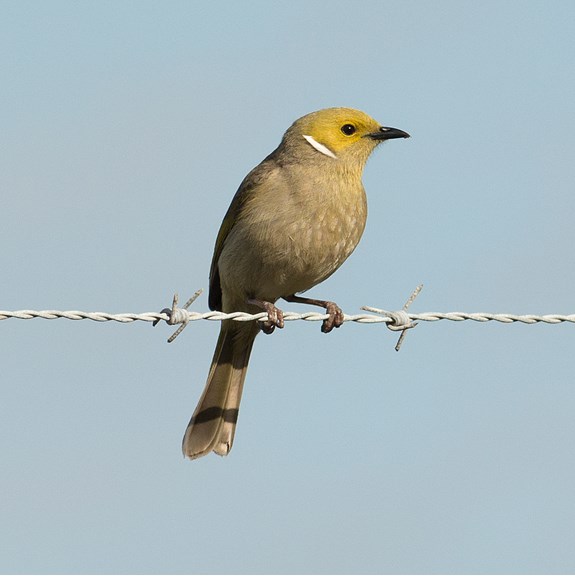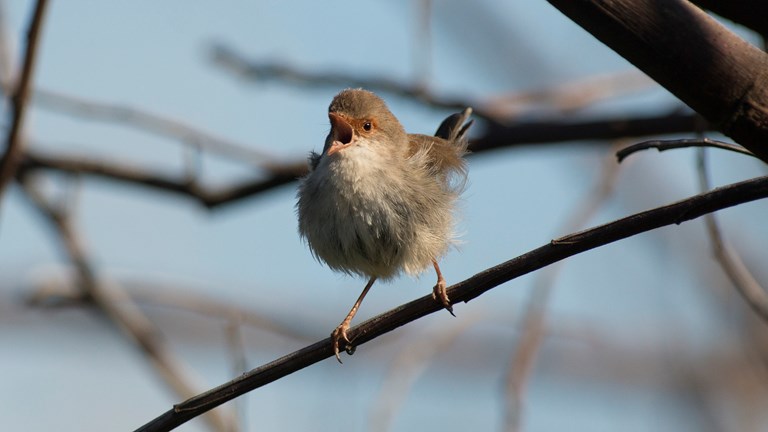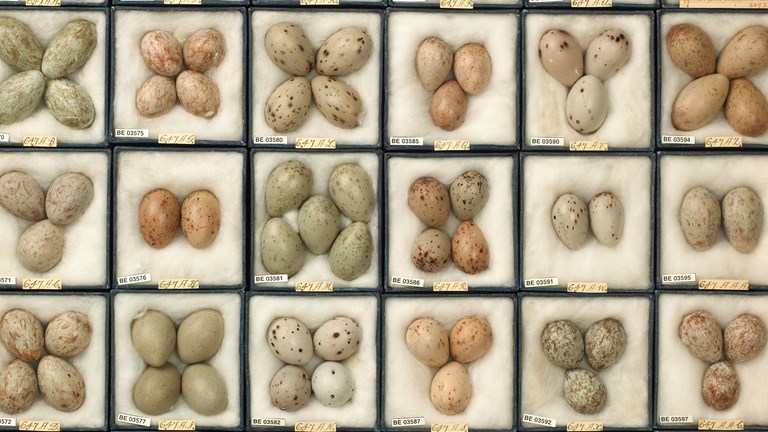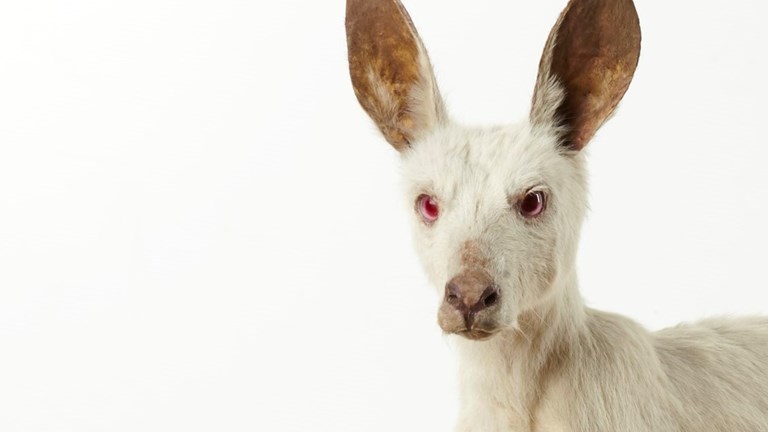Birds and birdwatching
Birds are highly visible and vocal, spectacularly diverse, and fascinating to watch and study.
This information is a brief guide for those with queries about birds or who are interested in finding out more about birds and birdwatching.
Bird facts
- There are approximately 10,000 species of birds worldwide.
- Over 800 species of birds have been seen in Australia and its territories.
- Australia’s largest bird, the Emu (Dromaius novaehollandiae), appears on our national coat of arms.
- The Helmeted Honeyeater (Lichenostomus melanops cassidix) is a state faunal emblem of Victoria.
Watching birds and major birding groups
Birdwatching is a popular hobby worldwide and there are millions of birdwatchers in many countries. Australia has several organisations dedicated to birdwatching and conservation that can help you and provide opportunities to meet other people interested in birds.
Birdlife Australia
BirdLife Australia (also known as Birds Australia/the Royal Australasian Ornithologists Union) is one of this nation’s oldest conservation organisations, and incorporates the former Bird Observers Club of Victoria. BA is dedicated to the understanding, conservation and enjoyment of Australia’s wild, native birds. Their quarterly magazine is Wingspan. Email them at [email protected].
Birdline Victoria
Birdline Victoria is website for the reporting of rare or unusual birds outside their normal range, unusually high or low numbers, early or late arrivals or departures for migrant species and interesting behaviour or unusual habitat usage.
The Field Naturalists Club of Victoria
The Field Naturalists Club of Victoria (FNCV) was founded in 1880 and continues as a vigorous and practical advocate of conservation and the study of natural history. The club has over 800 members and has published the bimonthly refereed journal The Victorian Naturalist since 1884.
Tips for birdwatching
- A good pair of binoculars with a magnification between 7x and 10x will do for most situations.
- Use your ears. Songs and calls will often tell you what birds are around. Move quietly; birds are startled by loud noises and sudden movement.
- Always look around. Birds are not always flying in front of you. Look in the foliage of bushes, or on the branches of trees, where birds might be sheltering.
- Birds can be seen where you might not expect them. Dozens of species are recorded annually in the parks and streets around Melbourne Museum. Birds can show up in unlikely places.
If you find a dead bird...
Dead native birds (from road kills, window collisions, or attacks by other animals) can be lodged with Museums Victoria. Many valuable specimens in our collections have been handed in by members of the general public. Native birds, even if they are dead, may be retained only if you have a permit from the Victorian Department of Sustainability and Environment.
Please make sure you contact Ask us at the museum to check whether the museum wants the bird, and when it can be brought in to us. Dead birds should be hygienically wrapped in plastic (a zip-locked bag is ideal) and placed in a freezer with a note giving location, date and donor’s name.
Birds are protected
Native birds in Victoria are protected. It is illegal to interfere with birds or their nests and eggs, or to be in possession of live or dead native birds without a permit. Further details of regulations and permits can be obtained from your nearest Department of Sustainability and Environment.
Resources
- Museums Victoria Collections, bird species profiles
- Museums Victoria App: Field Guide to Victorian Fauna
- Atlas of Living Australia: Explore your area



